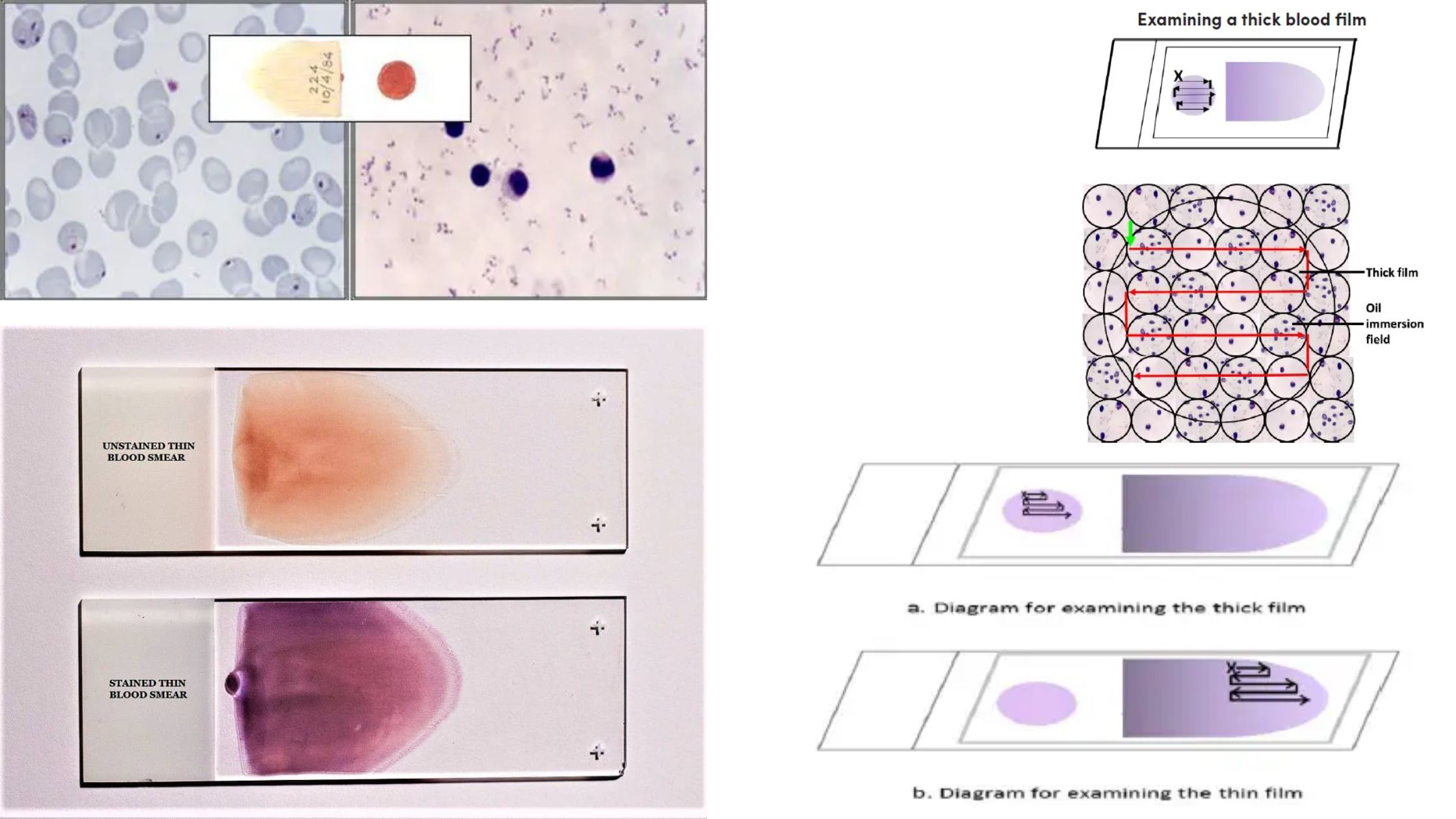Types of Immunoelectrophoresis Techniques- Principle, Uses
Immunoelectrophoresis (IEP) is the process in which proteins of a biological sample are first separated by electrophoresis and then allowed to react with specific antibodies inside a gel. It is the technique combining electrophoresis with immunodiffusion. In this method the sample like serum is placed on an agarose gel and an electric field is applied, … Read more









